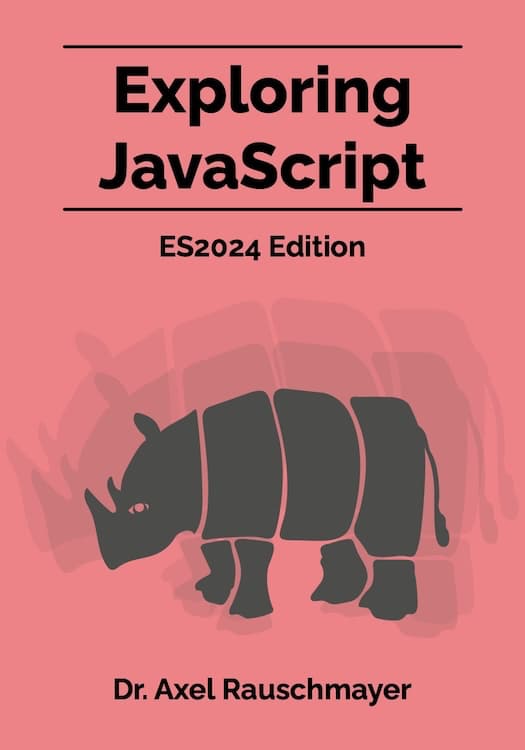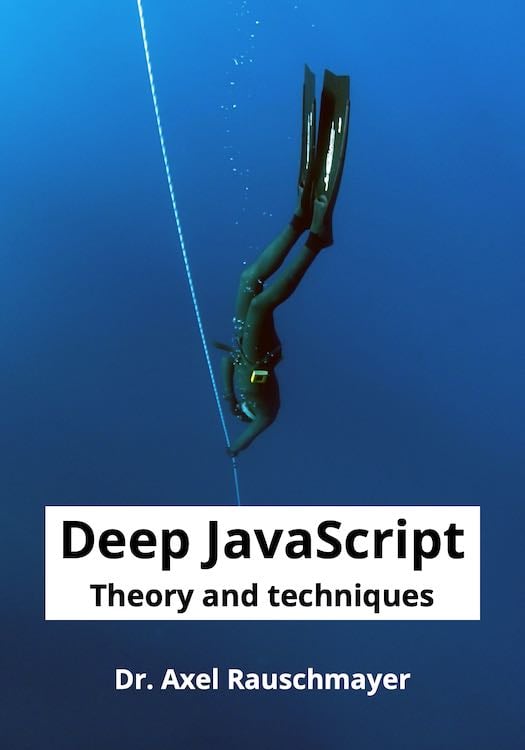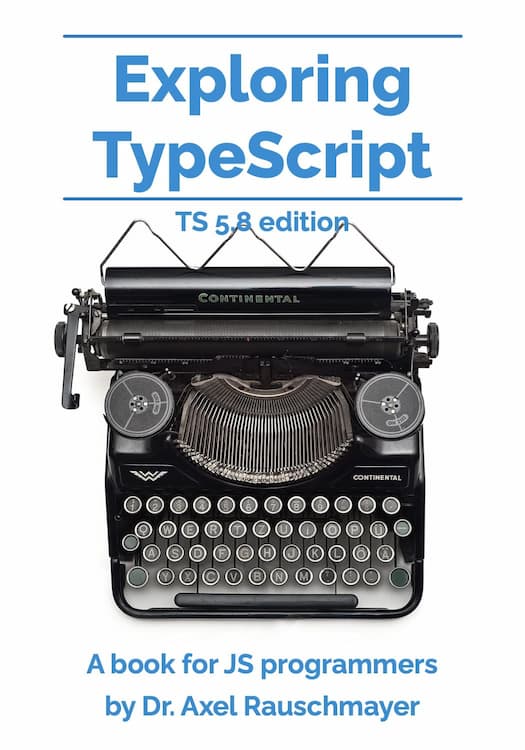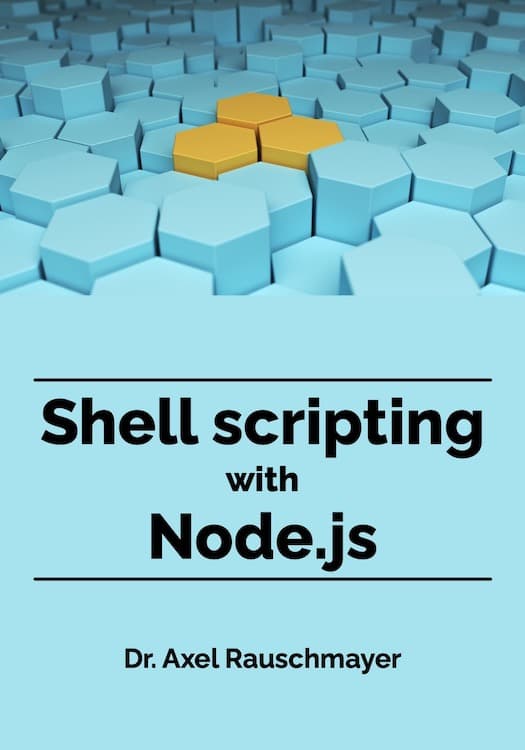2025-08
[Web dev for beginners] Plain objects in JavaScript
In this chapter, we learn how to create plain objects with properties. We use them to create a simple flash card app.
[Web dev for beginners] Modules and testing in JavaScript
So far, all of our JavaScript code resided in a single file – be it an .html file or a .js file. In this chapter, we learn how to split it up into multiple files. And how to automatically test if the code we write is correct.
[Web dev for beginners] Using web servers and npm
In this chapter, we run a web server on our own computer and use it to serve a web app.
[Web dev for beginners] Loops in JavaScript
In this chapter, we learn how to do things repeatedly in JavaScript.
[Web dev for beginners] Booleans, comparisons and if statements in JavaScript
In this chapter, we learn about tools for only running a piece of code if a condition is met: truth values (booleans), comparisons and if statements.
[Web dev for beginners] Arrays in JavaScript
In this chapter we look at one way of storing more than one value in a variable: arrays.
[Web dev for beginners] Strings and methods in JavaScript
In the last chapter, we worked with numbers. In this chapter, we’ll work with text and write our first applications.
[Web dev for beginners] Numbers, variables, functions in JavaScript
In this chapter, we take the very first steps with JavaScript and learn about numbers, variables and functions.
New series of blog posts: “Web development for beginners”
This blog post provides an overview of my new series of blog posts called “Web development for beginners”.
2025-06
Ecma International approves ECMAScript 2025: What’s new?
On 25 June 2025, the 129th Ecma General Assembly approved the ECMAScript 2025 language specification (press release, GitHub release), which means that it’s officially a standard now.
This blog post explains what’s new.





